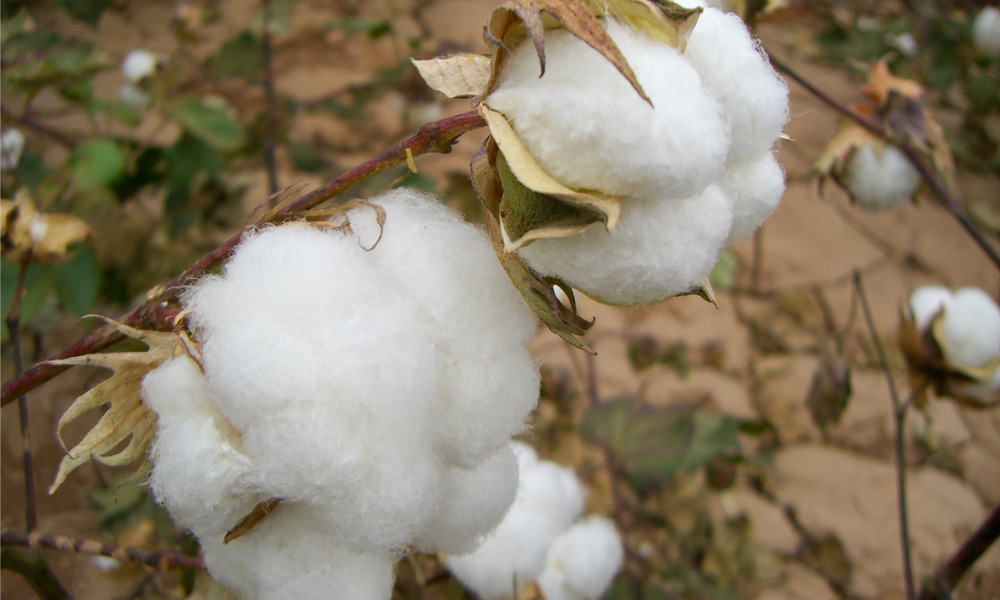
Canada considered among countries lagging in enforcement against products made with forced labour

Canada is poised to increase regulation of forced or so-called “slave” labour that may enter the supply chain, and McMillan LLP international trade lawyer William Pellerin says Canadian businesses should be prepared for new reporting requirements and take steps to assess the risks arising from their supplier relationships.
“There is no question that the issue of forced labour is gaining steam,” Pellerin says, noting that it has become an “extremely active” concern in the United States, especially concerning China and the question of using its Uyghur population as forced labour.

William Pellerin, McMillan LLP
“The evidence with respect to forced labour in that region of the world is mounting,” he says, adding that recent news stories “paint a scary picture.”
Canada has committed to banning imports of goods produced by forced labour, anywhere in the world, in the Canada-United States-Mexico Agreement. It implemented this ban by amending the Customs Tariff in 2020.
Canada has also imposed sanctions targeting the Xinjiang Uyghur Autonomous Region for being a source of goods produced by forced labour. In addition, Global Affairs Canada has indicated that it will require importers doing business with entities in Xinjiang to sign an “Integrity Declaration.” This form attests that the importer has not knowingly sourced from a supplier implicated in forced labour or other human rights violations before it can access certain Government services and support relating to trade.
However, Pellerin notes that Canada and many other countries are “playing catch up” with some jurisdictions, like the United States, doing more. He points to media reports that indicate Canada seized only one shipment – containing clothing from China – suspected of being manufactured with forced labour in the last 21 months. The United States intercepted more than 1,300 shipments from China over the same period.
Moreover, the one shipment Canada seized on forced labour grounds was released after a challenge from the importer. The Canada Border Services Agency needs to strengthen its tools for finding evidence. Enforcement measures also need to be boosted, Pellerin adds.
He says that while the “good intentions” are there, it is a complex issue, as, like blood diamonds, there is generally no way to identify a product as being made by forced labour.
“One way is to trace the origin and conduct verifications of those goods to see whether the prohibition is triggered. But that’s a very difficult job and one that the CBSA needs help with.”
However, Canada has taken a different approach than the United States in enforcing its forced labour ban. He notes the recent case of Kilgour v. Canada, in which representatives of the NGO Canadians in Support of Refugees in Dire Need argued that the CBSA should presumptively prohibit goods imported from Xinjiang on forced labour grounds, even absent evidence to the contrary.
The CBSA denied the request because it did not have the legal authority to apply such a presumption and must examine case-by-case circumstances to determine whether goods are prohibited. The Federal Court upheld the CBSA’s approach under the current law.
The U.S., however, has taken the opposite approach. Its Uyghur Forced Labor Prevention Act prohibits the importation of goods from Xinjiang unless the government determines that the importer has complied with certain conditions, including establishing the goods were not produced by forced labour. This presumptive prohibition on goods from Xinjiang began on June 21, 2022.
At the same time, Canadian efforts to address forced labour in supply chains appear to be gathering momentum, Pellerin says. In March, Employment and Social Development Canada released a summary of stakeholder consultations on labour exploitation in global supply chains conducted in 2019.
While views varied on whether Canada should legislate a “diligence standard” on Canadian importers, the report notes there is broad agreement that current initiatives do not go far enough.
Pellerin also notes two bills originating in the Senate are taking direct aim at the issue of forced labour originating in other countries and ending up in Canada’s supply chain.
Bill S-211 would impose an obligation on certain private-sector entities and government institutions to report to the Minister of Public Safety and Emergency Preparedness on measures taken to prevent and reduce the risk of forced or child labour in supply chains.
Private sector entities subject to these requirements would include those listed on a Canadian stock exchange, those above a specific size and revenue threshold, and those otherwise listed in regulations. If passed, it will align Canada with other countries that impose reporting obligations, such as Australia and the United Kingdom.
While private member’s bills like this often languish, Pellerin says the federal labour minister has announced that the government now backs these changes. The bill passed its third reading in the Senate in April and is currently in committee before a third reading in the House of Commons.
Bill S-204 seeks to go even further than the petitioners in Kilgour v. Canada. It proposes an outright prohibition on importing goods produced wholly or in part in Xinjiang. The bill passed its first reading in the Senate in November 2021 and is currently being debated.
Pellerin notes cotton and tomato products such as tomato paste are among the most common products made by forced labour. Xinjiang is a significant source of these products; for example, about 20 percent of global cotton production comes from that area.
Another area where there is evidence of forced labour is polysilicon, one of the raw materials in manufacturing solar panels.
Still, vendors should expect more thorough scrutiny at the Canadian border spurred by the recent spotlight on Canada’s limited enforcement record. Supply chain audits to identify any vulnerabilities and even reorient supply chains (for example, through “on-shoring,” “near-shoring,” or “friend-shoring”) are risk mitigation strategies that could be appropriate, depending on the circumstances.
In doing due diligence on forced labour, businesses should look for products from factories located next to detention facilities and re-education camps. “That would be a big marker in determining the use of forced labour.”
Another solution, with cotton, for example, is for companies to buy the material from a source that guarantees it is not made with forced labour and ship that cotton to where the end product is made. “Of course, that’s more expensive, but it is one way of regaining control of your supply chain,” he says.
“It may not be a solution for smaller firms, who buy commodity products on open markets, but for larger, more sophisticated, players with higher-end products it may be something that provides a solution.”
Pellerin points out that Canadian businesses sourcing products from other countries don’t willingly accept the use of forced labour. “There is not a single person I’ve talked to in this country that accepts this,” he says. “So the question is knowing your where the things you want are sourced.”
That isn’t easy, however. “If you’re buying your cotton in Bangladesh to make T-shirts, for instance, it’s difficult to trace that cotton if you bought it in bulk from a supplier and it has transacted four times since you purchased it.” Advances in genetic testing to determine the source of products like cotton can help, but using those tools is still in the early stages.
However, evidence of forced labour in making a product can severely damage a company’s reputation.
Says Pellerin: “So it is in a business’s best interests to do its due diligence. “Once things hit the news, the impact on a company could be massive.”